One of the few physical representations of Native American history on the University of Massachusetts campus is the statue of Metawampe, a Nonotuck Chief who sold the land of present day Montague to a group of Hadley settlers, which stands outside the Integrated Learning Center. The statue’s inscription still reads “Legendary Spirit of the Redmen,” despite the mascot being changed from the Redmen to the Minutemen in the ‘70s because of the name’s racist connotation.
Throughout the decades, UMass’ use of Metawampe as a mascot and symbol has caused a variety of controversies and discussion. This article details the University’s history regarding the Native American Chief.
Metawampe is generally described by UMass as the Native American who sold the land North of Mt. Toby to Hadley settlers. This description is likely an oversimplification: land sale was a complex issue because of the power imbalance between settlers and Native Americans.
“It’s nuanced and complicated,” said Andrew Lipman, an associate professor at Barnard College who studies Native American history.
According to Lipman, the sale was likely not outwardly deceitful. “We probably would know if this sale was fraudulent in an open kind of way, like stealing or not delivering the goods promised or something like that.”
However, according to Lipman, the issue was not black and white – sales that were not fraudulent were still almost always inequitable.
“Pretty much every land transfer that is happening in between Native people and colonists in the colonial period is inherently unfair, because it’s one group with a large growing population that, at this point, by the 1670s, is no longer engaged in any kind of equitable trade of goods,” Lipman said.
By the 1670s, the Native population was experiencing population loss and poverty, “so they’re left to sell the last thing that they have, the land under their feet.”
According to Lipman, 1674 was a moment of rising tensions between Native American leaders and the settlers in New England. “There’s always the inherent threat of violence, that’s always the thing behind it,” Lipman said.
***
Most of Metawampe’s history is shrouded in mystery.
“Insofar as I can determine, The gist is that no one actually knows much about the historical figure, if indeed he was historical,” said Rob Weir, a Research Fellow at Smith’s College Department of History and former UMass professor who researched Metawampe for a paper. “So much Native history is mishearing names, applying English handles, outright invention, conflating tales, etc.”
Despite the lack of concrete information on the Chief, UMass has latched onto his image.
“Metawampe exists more as an appropriated symbol rather than a historical actor,” Weir said. “That was certainly the case on the UMass campus.”
UMass voted to replace their mascot, previously the Statesmen (but more commonly called the Aggies), with the Redmen in 1948. Much the way that Sam the Minuteman is the official mascot of the Massachusetts Minutemen, Metawampe was the official mascot of the Redmen. In 1950, the statue of Metawampe was erected as a gift from that year’s graduating class.
According to UMass’ archives, proponents of the mascot advocated that it was meant to represent the “strength and fierceness” of Native Americans who lived in the Connecticut valley before the school was established. These lofty ideals did not spare Metawampe’s image from ridicule among the student body.
One Collegian article from when the statue was originally unveiled tells a satirical story about the Metawampe statue coming alive, riddled with harmful descriptions of the Native American Chief.
The story reads “When, what ot my wondering eyes should appear but a little old indian, so funny and queer.”
It continues to ridicule, “He isn’t a great big strong Indian, powerful and fearful-looking, but a little fellow who looked as if he didn’t drink enough milk or forgot to take his vitamin pills when he was a papoose.”
The article ends with, “Best we hurry up real quick and do something before he gets his whole tribe after us. We wouldn’t want to be driven off campus by Indians or would we?”
In addition to satire, the Collegian also published harmful caricatures of Metawampe in the ‘50s.
Another article from the ‘50s addresses when the statue had purple paint poured over it, perhaps by Amherst College students, the Collegian alleged.
“But to pour a can of purple paint over himself — even Metawampe wouldn’t do a thing like that! The color is so unbecoming to his dark complexion,” read the column.
The statue has continued to endure disrespect. In 2004, the statue was pulled from its stand and dragged into the roadway of North Pleasant Street.
***
In 2017, students spoke out against the statue at the first meeting of the Native American Student Association.
“I hate that [Metawampe Statue] with a burning passion, every time I see that statue I want to leave campus and never come back,” said Jasmine Godspeed, the then-president of the NASA, said at the meeting.
Also in 2017, a group of Native students considered asking the administration to have the statue removed.
Justin Beatty, a former UMass student who is active in the Native American community, has mixed feelings about Metawampe’s statue.
“There was this very weird sort of love-hate relationship between Native students and the statue,” Beatty said. “Here’s this mythical figure that doesn’t necessarily represent Native people…But at the same time there are very few things that are recognizably native on the campus.”
Beatty wishes that UMass had more academic focus on Native history.
“In the American education system, you learn that America started in New England, with the pilgrims and Wampanoag people,” Beatty said. “Because of that, I believe that UMass should be at the forefront of Native studies programs. It should be a space where native students want to come…but the school doesn’t necessarily see it that way.”
Sophia Gardner can be reached at [email protected]. Followed her on Twitter @sophieegardnerr.

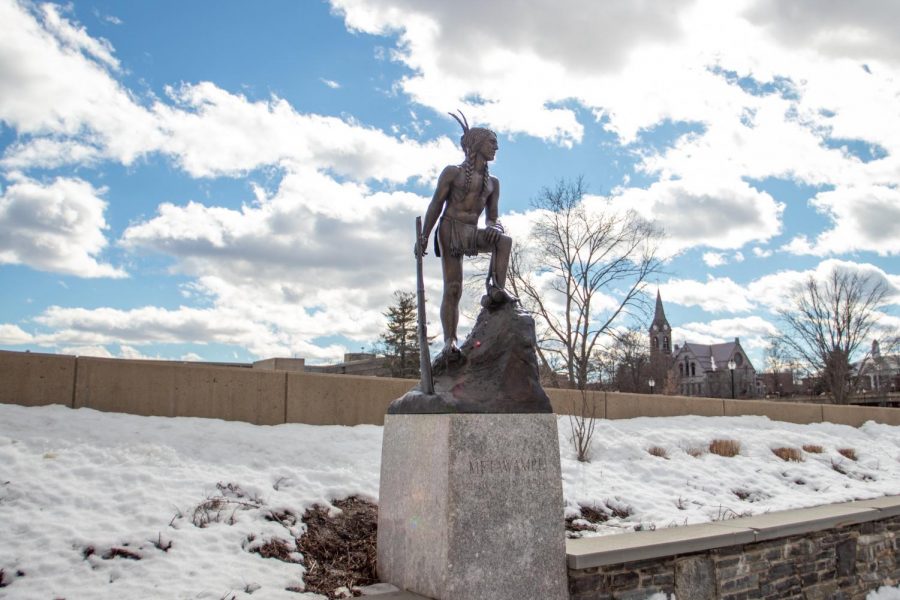











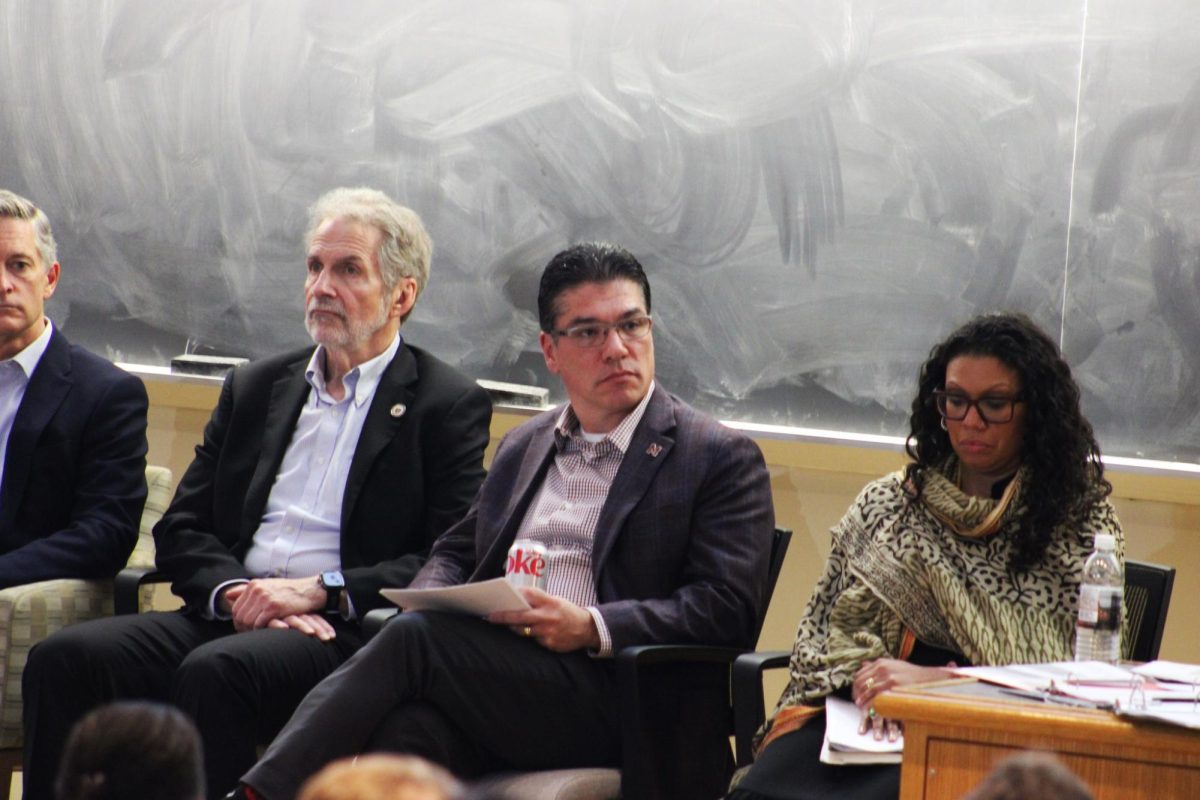

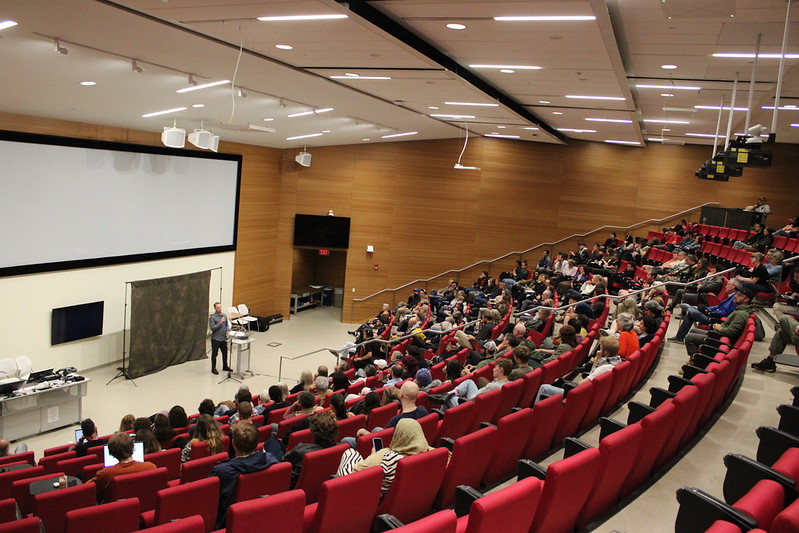
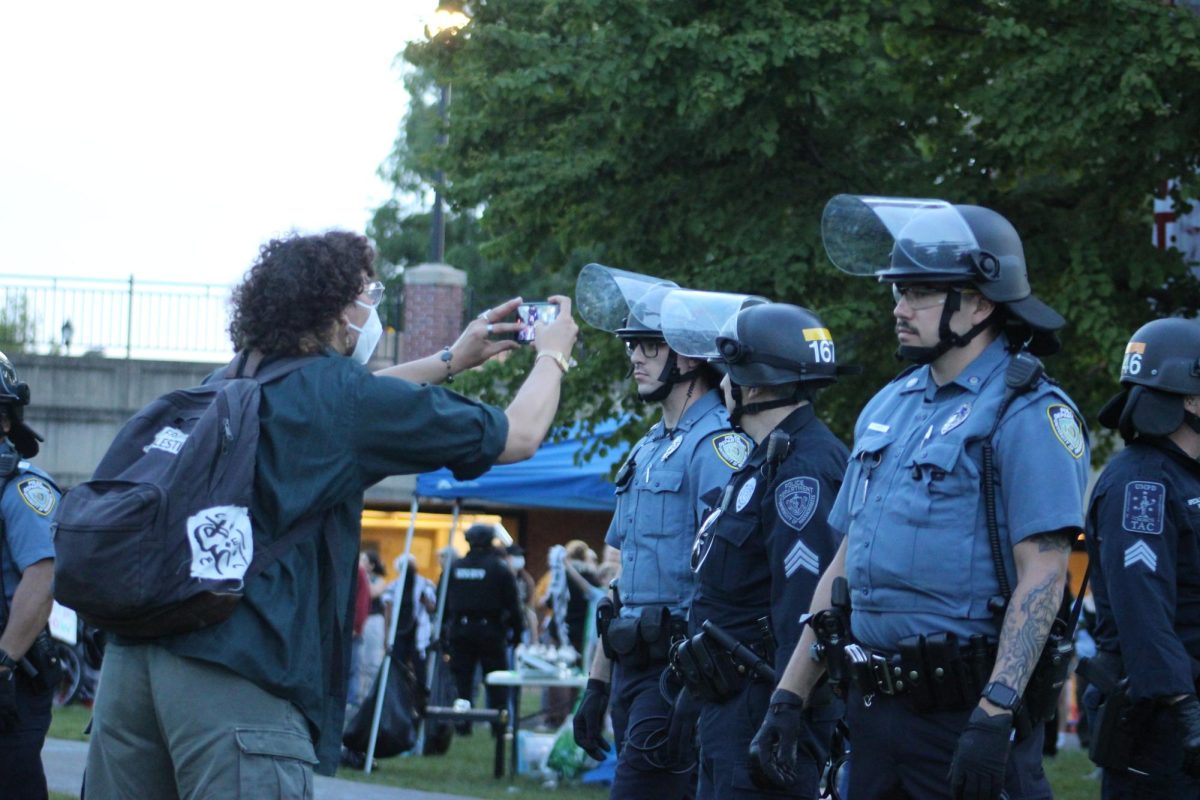
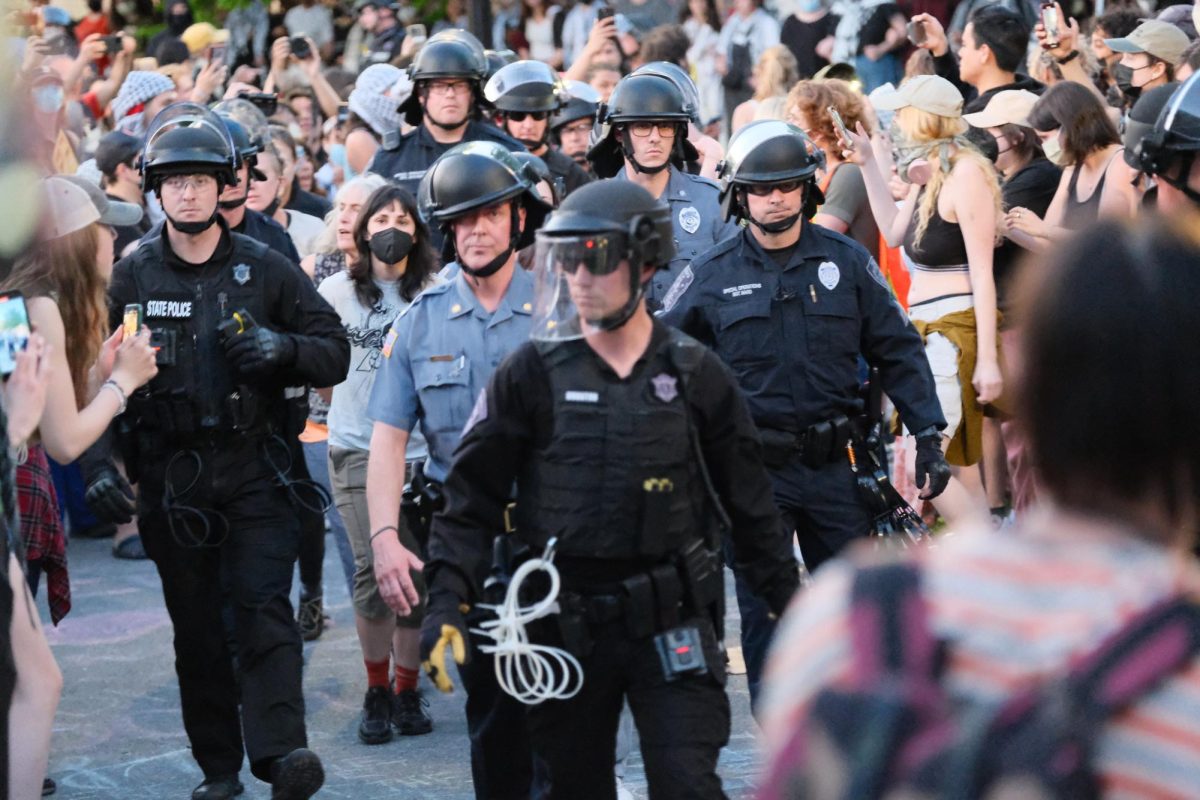
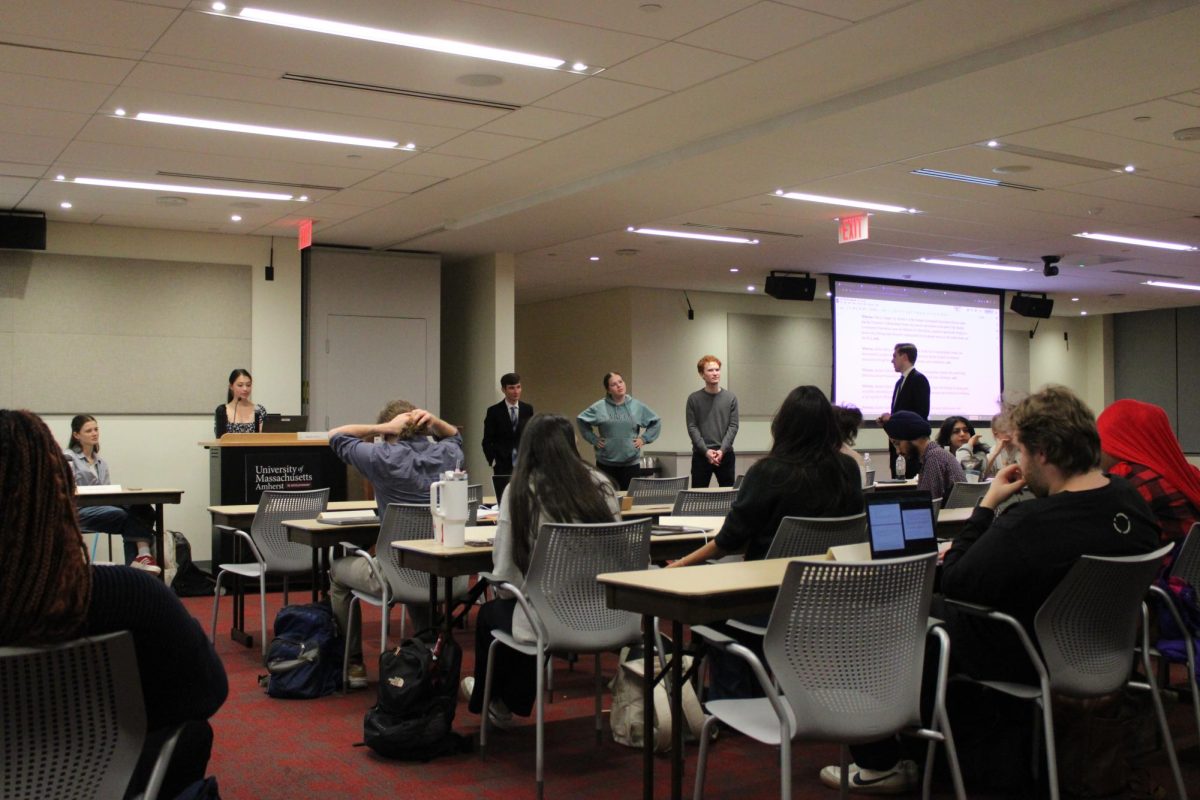


Ellis • Aug 31, 2022 at 3:56 am
Metawampe lead various successful attacks against the colonists in the king Philips war. He was a total badass